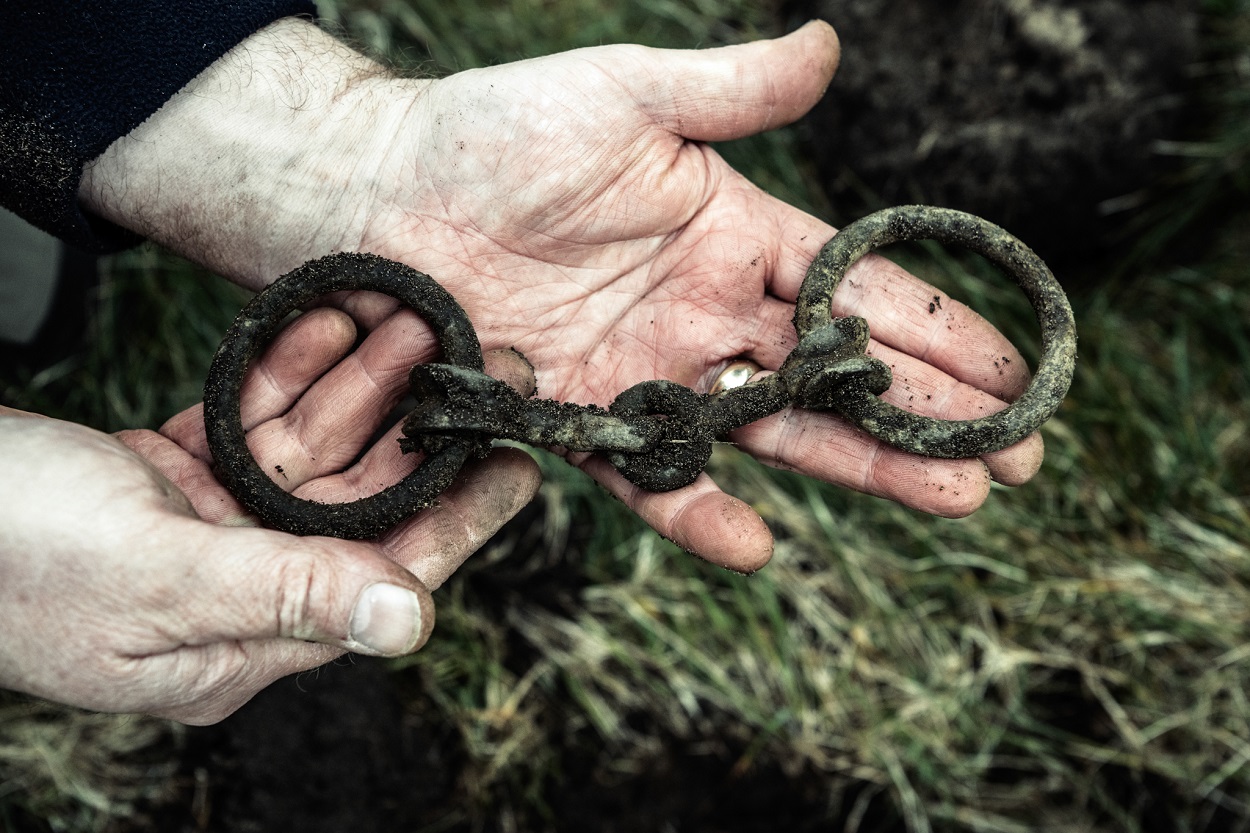Archaeologists from the Defence Infrastructure Organisation (DIO), working in collaboration with veterans and military personnel from Operation Nightingale, have uncovered a collection of Iron Age objects declared as national treasure by the Senior Coroner for North Wales.
Operation Nightingale is an initiative to assist the recovery of wounded, injured and sick military personnel and veterans by providing them opportunities to participate in archaeological investigations.
Excavations were conducted at RAF Valley in Anglesey, a Royal Air Force station originally built during World War II as a Fighter Sector Station under No. 9 Group RAF.
In 1943, the runways and taxiways were extended to support the United States Army Air Forces (USAAF) Ferry Terminal, a station for managing American aircraft arriving from transatlantic flights and departing on European missions.
The extension led to the discovery of the Llyn Cerrig-bach votive lake—a sacred site where significant quantities of valuable artefacts and weaponry were deposited as offerings by the ancient inhabitants.
Over 150 bronze and Iron objects dated from between 300 BC and AD 100 were recovered, representing one of the most important collections of Iron Age artefacts discovered in the UK.
DIO’s Senior Archaeologist, Richard Osgood, said: “These finds at RAF Valley are extremely exciting for all involved; the Llyn Cerrig Bach hoard is of national importance for Wales, and the United Kingdom as a whole. These new discoveries have confirmed the suspicions of earlier archaeologists that there was more to be found from this particular hoard.”
“It’s great that the personnel and veterans who take part in Operation Nightingale continue to be rewarded with finds of such historical importance. I am proud that the initiative plays a part in supporting personnel and veterans in their recovery and it’s fantastic to see the wonderful impact of this project,” added Osgood.
Adam Gwilt, Senior Curator of Prehistory at Amgueddfa Cymru – Museum Wales, explained that the bridle-bit and terret are of styles not previously represented in the original collection. These newly discovered items will be gifted to the museum, where they will join several artefacts from the Llyn Cerrig Bach hoard already on display.
Header Image Credit : Harvey Mills
Sources : GOV.UK





